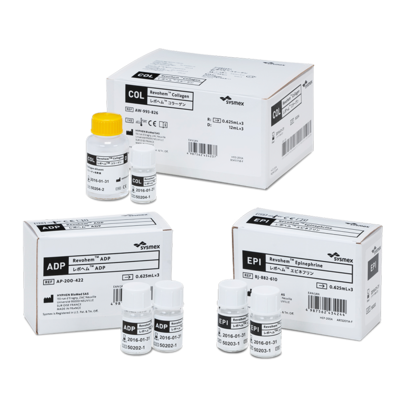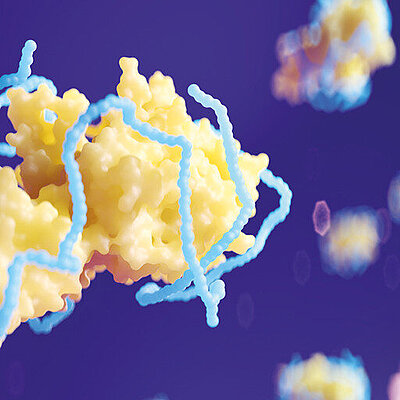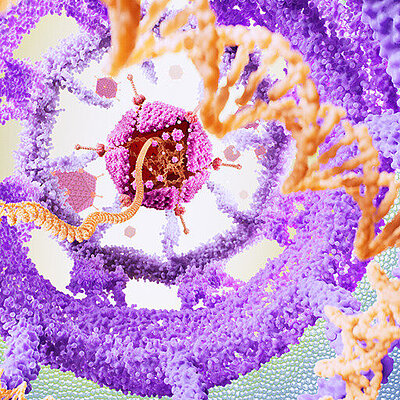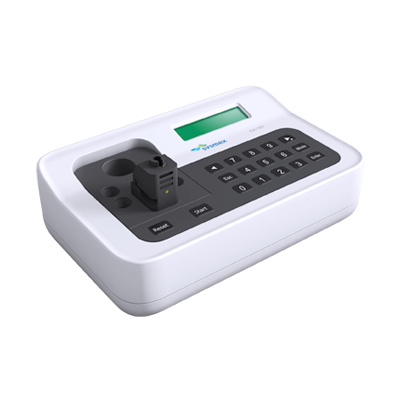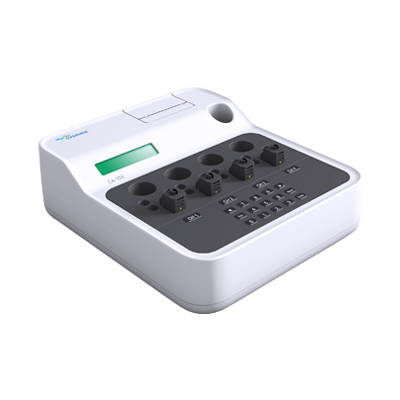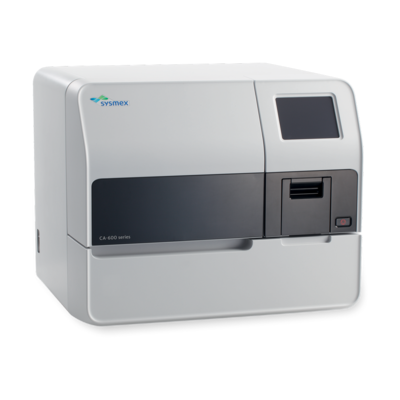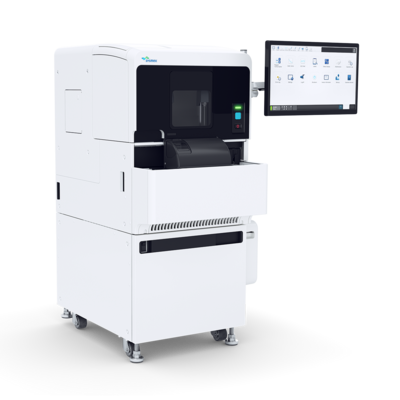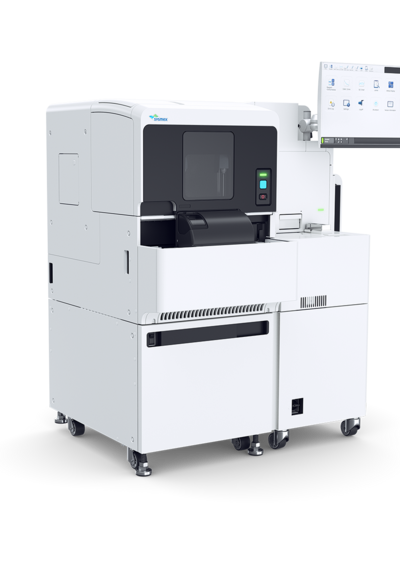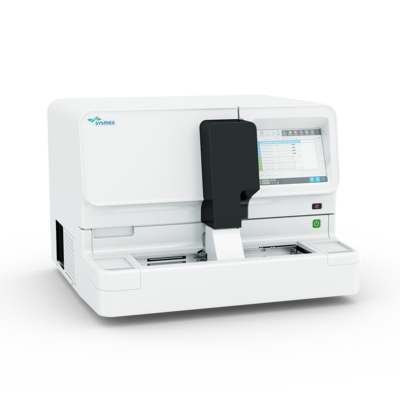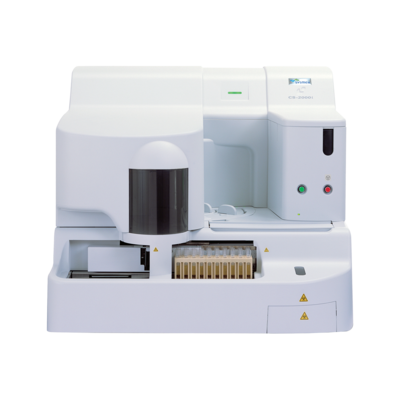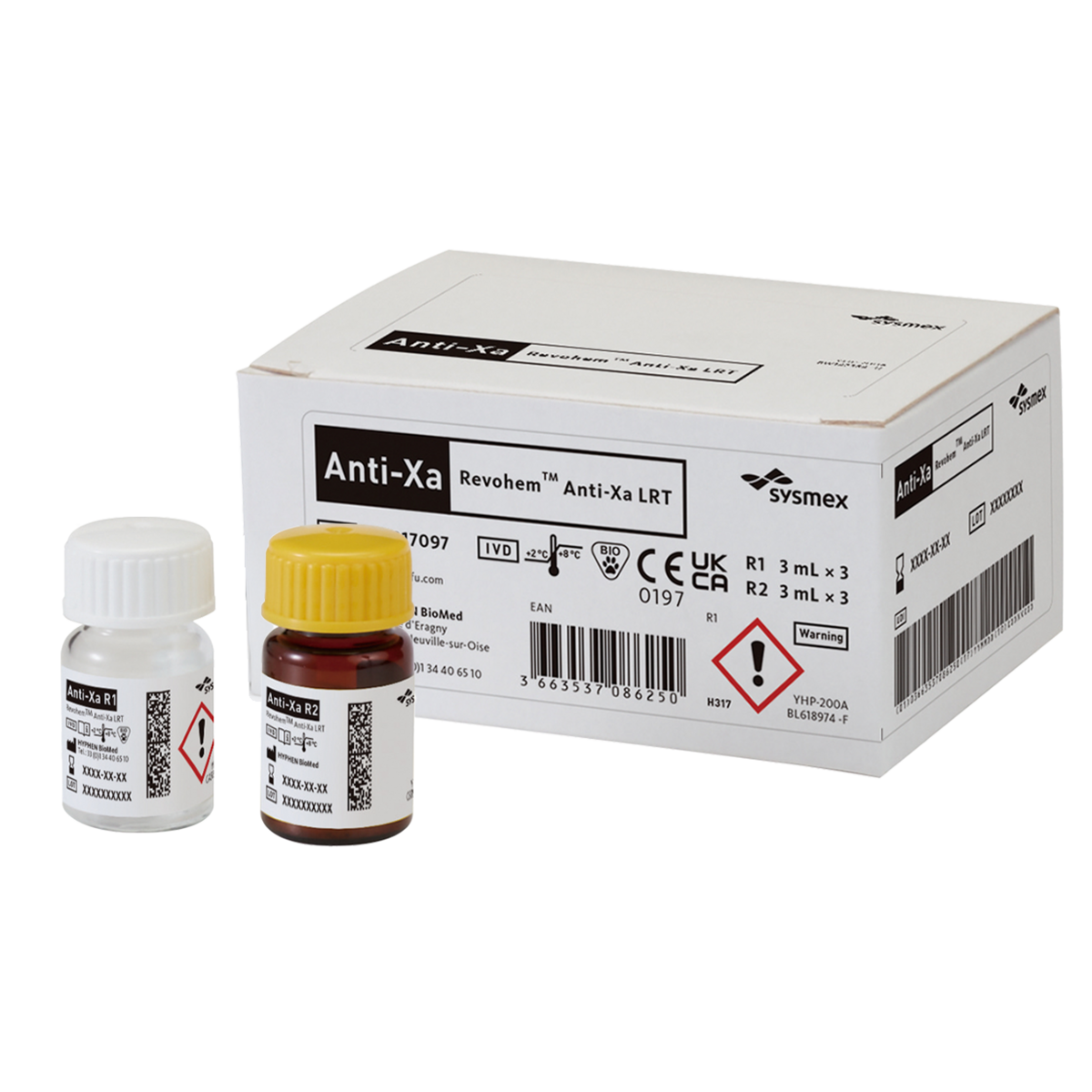Haemostasis: Explore precision solutions for advanced diagnostics
Sysmex stands at the forefront of haemostasis diagnostics, which is essential to uncover and manage coagulation disorders causing potentially life-threatening bleeding or thrombotic episodes. A healthy balance of the complex mechanisms driving haemostasis ensures a fully functional blood circulation. Haemostatic abnormalities resulting in thrombosis or excessive blood loss are observed in many conditions such as cardiovascular disease, cancer, sepsis, autoimmune diseases, trauma, infectious diseases, and surgery.
Our comprehensive product portfolio supports physicians in diagnosing coagulation disorders aiding the prevention of thrombotic or bleeding conditions. From routine clotting test to speciality assays, Sysmex's solutions cater to the diverse needs of our customers, ensuring accurate and swift diagnostic support of all aspect of primary, secondary, and tertiary haemostasis:
- Platelet function testing with light transmission aggregometry (LTA)
- Von Willebrand disease diagnostics
- Bleeding risk assessment including congenital or acquired deficiencies of intrinsic or extrinsic coagulation factors (e.g., haemophilia A), and fibrinogenaemia.
- Thrombophilia screening and management including quantitative and qualitative antithrombin, protein C and protein S deficiencies, markers of clot formation such as D-dimer, and anti-phospholipids syndrome (Lupus anticoagulant)
- Anticoagulant (DOACs, heparins, coumarins) and antiplatelet (aspirin, clopidogrel, etc.) drug detection and monitoring
- Fibrinolytic disorders such as hypo- or hyperfibrinolysis

The CN-Series: The 4 powers concept in action
Sysmex Haemostasis focuses on four essential powers aimed at enhancing laboratory processes and in-vitro diagnostics.
- Powerful Productivity, emphasising efficiency and task streamlining.
- Analytical Power emphasises advanced analytics for effective data analysis.
- Operational Power ensures reliable performance aligning with operational efficiency standards.
- Powerful Services encompasses Sysmex's support capabilities, including educational courses and recognition in in-vitro diagnostics.
Together, these powers position Sysmex as a solution to the diverse needs of laboratory professionals. The four powers concept is embodied by our CN-Series haemostasis analysers, the CN-3500 and CN-6500, available in the EMEA region.
Sysmex portfolio reagents: Elevating haemostasis diagnostics, empowering healthcare
Sysmex, in collaboration with Sysmex Group company HYPHEN BioMed, and its decade-long partner Siemens Healthineers offers a holistic approach to haemostasis testing. This comprehensive solution encompasses analysers of varying sizes, assays for routine and speciality testing, and leverages Sysmex's renowned service and knowledge. These partnerships enable the delivery of innovative technologies and best-in-class haemostasis solutions globally, addressing the increasing testing volumes, workflow optimisation, and ensuring accurate results for enhanced patient care. Sysmex reagents are also specially designed to optimally work with our analysers to ensure maximum and optimal performance supporting laboratories to aid clinicians in providing efficient and accurate patient care.
Sysmex digital services and consulting
- Services: With a presence throughout the EMEA region, Sysmex is dedicated to delivering exceptional services to its clients and customers. We offer a range of support services, including installation, maintenance, technical self-checks, and interactive troubleshooting guides.
- Workflow consulting: Sysmex offers tailored workflow consulting services designed to elevate laboratory productivity. Rooted in Lean Six Sigma methodologies, our mission is clear: to provide scalable solutions that cater to your unique needs.
- Caresphere digital solutions: Our Caresphere™ Digital Solutions is a modern digital healthcare interface for modern labs. It centralises information, provides actionable insights, and supports smart, data-driven decisions. We also offer in-person and online training through our Caresphere Academy where participants can benefit from numerous courses and activities.
Read about the power of haemostasis testing in EMEA
Learn how our products are transforming workflows in labs around the EMEA region. Read about customer success stories from labs that have benefited from our innovative solutions and discover how we're advancing the field of haemostasis.


